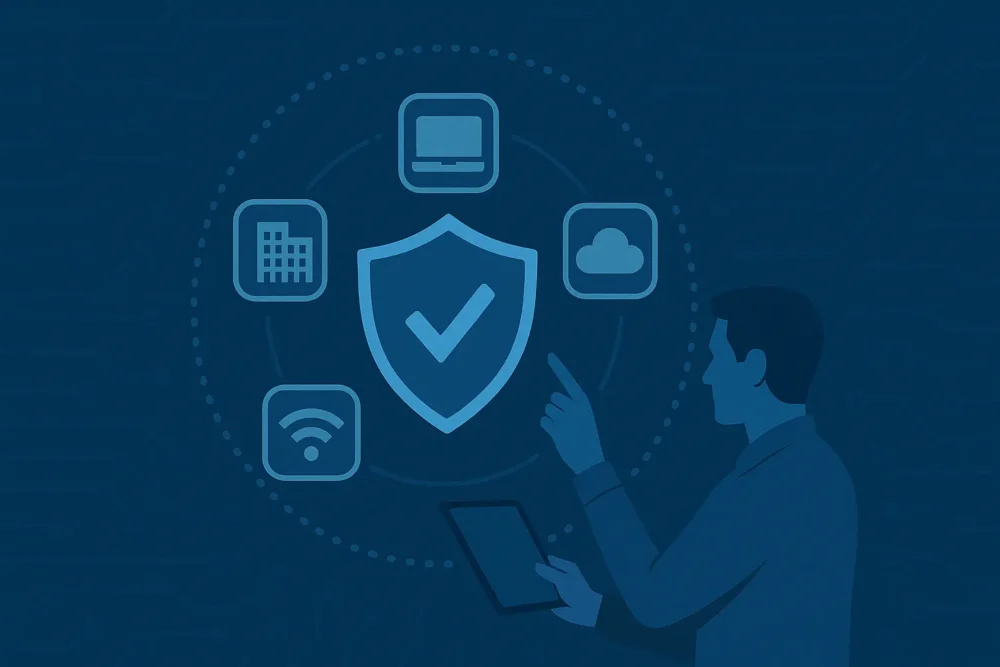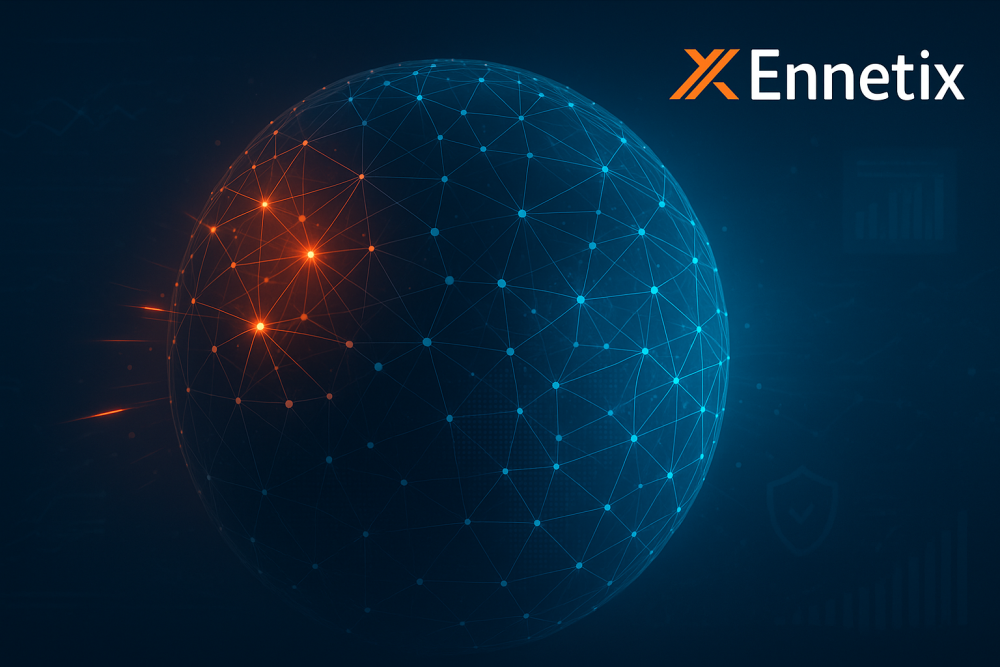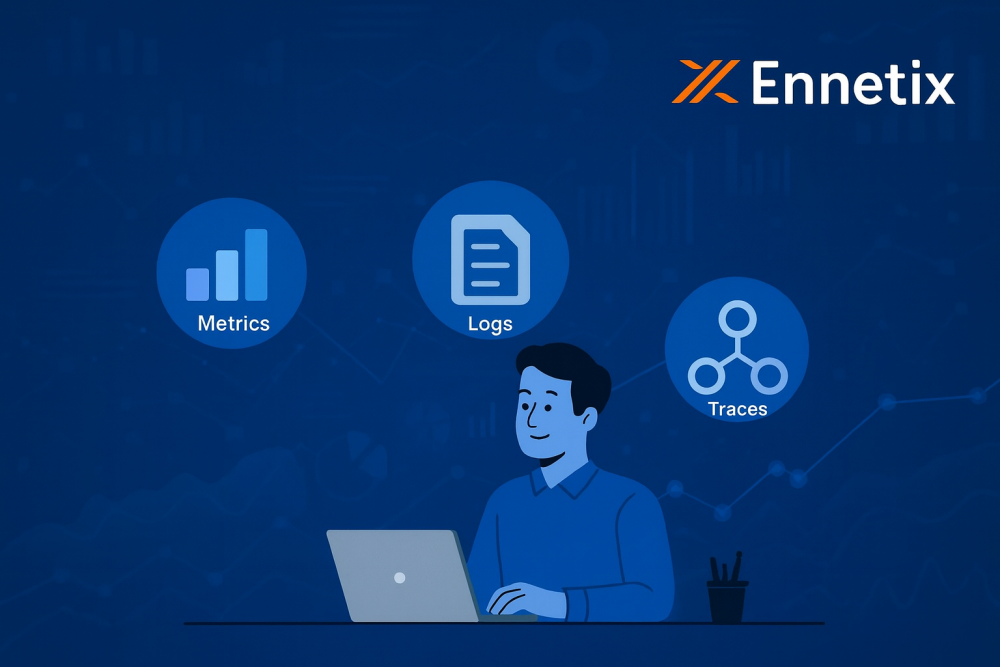
Choosing the Right Digital Experience Monitoring Platform for Remote Teams
September 17, 2025
The Three Pillars of Observability: Metrics, Logs, and Traces
October 22, 2025Cybersecurity is no longer exclusively about firewalls, antivirus applications, and compliance checklists. Modern businesses operate in hybrid surroundings with cloud applications, IoT devices, remote endpoints, and core business systems. With this complexity, traditional monitoring has blind spots. Enter security observability. Security observability enables organizations to achieve cyber situational awareness by going beyond logs alone and presenting a real-time contextual view of its IT ecosystem. The ability to comprehend, anticipate, and respond to threats before they become imminent. In this blog, we’ll explore how observability strengthens situational awareness in cybersecurity, why it matters, and practical ways enterprises can apply it today.
What Is Security Observability?
Security observability includes gathering, filtering, correlating, and analyzing data across the IT stack (applications, networks, endpoints, users) so teams can understand or see how systems behave under normal and abnormal situations.
Non-traditional monitoring focused on siloed alerts, while observability provides:
- Total visibility of every layer of the infrastructure
- Context-rich insights that provide clarifying information about why an event is happening, not simply that it has happened.
- Intelligence that is actionable, providing teams with the ability to remediate faster.
Picture transforming raw signals into a dynamic living map of your digital environment. That map is always there for situational awareness.
Why Situational Awareness Matters in Cybersecurity!
Situational awareness in cybersecurity entails your ongoing awareness of your IT environment – knowing what assets are there, what is happening at the moment, and what it all means within the context of risk. Without situational awareness, security teams are flying blind.
The benefits of good situational awareness for cyber defense include:
- Faster Threat Detection: Identify anomalies and intrusions before significant damage is done.
- Proactive Defense: Recognize and anticipate patterns of attack and adjust controls accordingly.
- Reduced Down Time: Identify the nature and root cause of disruptions.
- Improved Decision Making: Align security actions with the best business priority.
So, situational awareness is what allows any (good) CISO to sleep at night knowing that the organization is not only defended but prepared.
How Security Observability Powers Situational Awareness
1. Real-Time Anomaly Detection
Modern attacks don’t always set off clear warnings. Observability systems use AI and machine learning algorithms to spot subtle changes, like unusual east-west traffic between servers or an endpoint accessing resources at strange hours. These early signs allow teams to stop threats before they grow.
2. Unified Visibility Across IT and Security
Most enterprises struggle with tool sprawl. They have one dashboard for performance monitoring, another for security, and yet another for compliance. Security observability brings these separate tools together. It offers a single view where performance data and security signals meet. This integration allows both IT and security teams to see the same information. It helps reduce delays and confusion.
3. Context for Smarter Decisions
Not every alert indicates a real threat. By connecting network logs, user behavior, and application performance, observability platforms offer context for anomalies. Instead of following up on false positives, teams can focus on alerts that really matter.
4. Automated Root-Cause Analysis
When a breach or outage happens, time is critical. Observability tools help security teams trace the incident back to its root cause, whether it’s a misconfigured firewall, an insider threat, or a compromised endpoint. Resolving the issue quickly means less impact on the business..
5. Enhancing Zero Trust Principles
Zero Trust security relies on continuous monitoring and verification. Observability strengthens this by ensuring all user and device activities are visible and validated, making it harder for attackers to exploit blind spots.
Practical Use Cases of Security Observability
1. Ransomware Defense
By monitoring how files are accessed and how endpoints behave, observability platforms can identify encryption activity early on and activate automatic containment.
2. Insider Threat Detection
Employees with privileged access sometimes misuse it, either intentionally or accidentally. Observability provides a behavioral baseline, so deviations, such as mass data downloads, are flagged immediately.
3. Cloud Security Monitoring
Multi-cloud environments produce large amounts of telemetry. Observability combines these signals, allowing for situational awareness across AWS, Azure, and private clouds.
4. Critical Infrastructure Protection
Industries like energy, finance, and healthcare cannot afford downtime. Observability provides constant visibility into operational technology (OT) and IT systems. This helps protect both uptime and security.
Challenges Without Security Observability
Enterprises that rely only on conventional monitoring face serious risks:
- Alert fatigue from thousands of meaningless notifications.
- Siloed teams unable to connect performance issues with security events.
- Delayed responses due to lack of contextual insights.
- Blind spots in hybrid or remote work environments.
These challenges directly weaken situational awareness, leaving organizations vulnerable to sophisticated threats.
How to Build Situational Awareness with Security Observability
1.Adopt a full-stack observability platform Choose a solution that spans infrastructure, applications, and user behavior—not just one layer
2. Integrate IT and Security Operations
Break down silos by ensuring both teams share insights from a unified observability dashboard.
3. Leverage AI-driven analytics
Machine learning models can identify subtle anomalies humans may overlook.
4. Automate remediation
Observability platforms that integrate with orchestration tools can automatically contain threats or optimize performance.
Continuously refine baselines
Situational awareness is not static. Update models and baselines as your IT environment evolves.
Looking Ahead: The Future of Cyber Situational Awareness
As attack surfaces grow and threats become more sophisticated, situational awareness is essential. Security observability forms the basis for this awareness. It combines data, analytics, and automation to create a proactive defense strategy. Organizations that adopt this approach will minimize risks and build resilience. They can transform cybersecurity from a reactive expense into a strategic driver of business growth.
Conclusion
Behavior, and threat signals. It turns raw data into useful insights, providing businesses with the clarity and speed required to protect against today’s changing cyber threats.
For businesses looking to improve their defenses, observability should be a main focus. It makes a difference between reacting to incidents and staying ahead of them.












